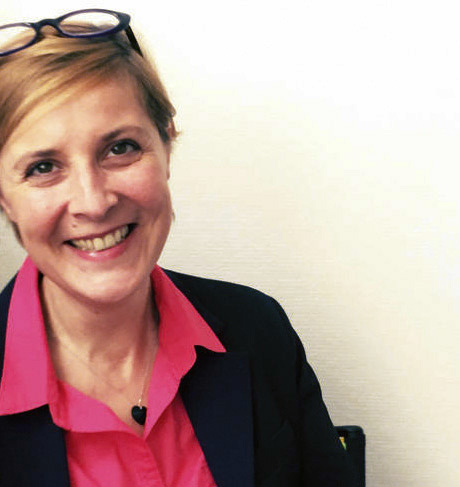Over the past seven years, the Festival du Regard has asserted its identity with each iteration, always rising up to the challenge of taking the visitors to a place out of the ordinary. After the former Post Office and the EDF tower, this year it’s t...



